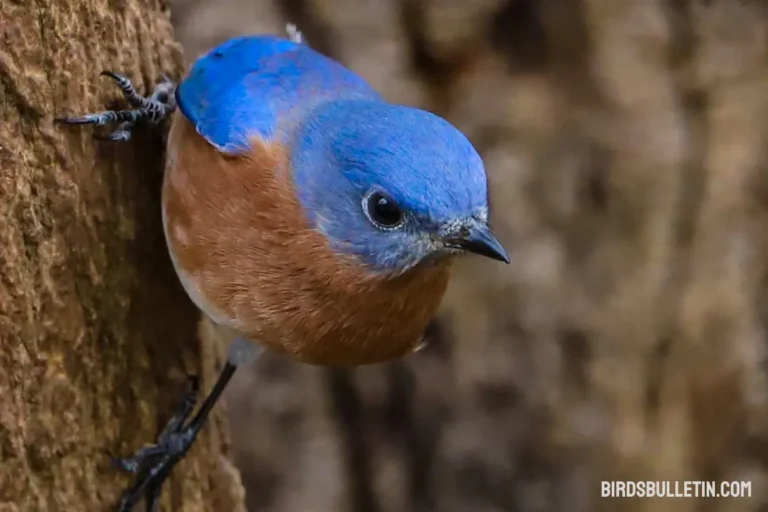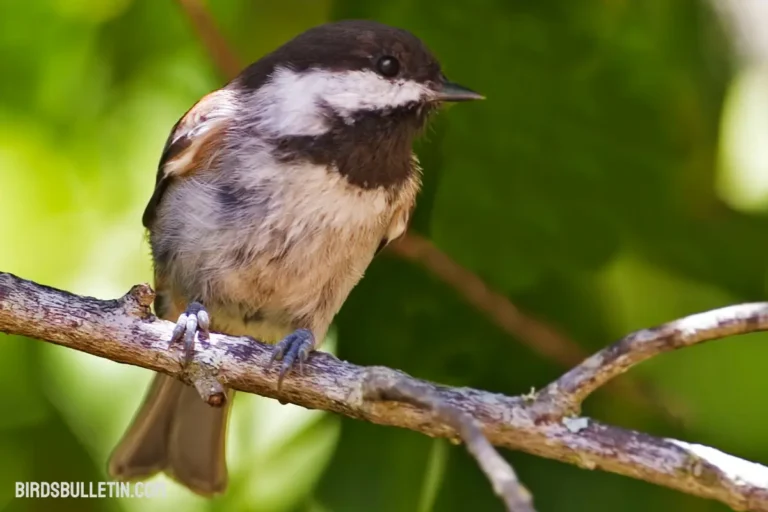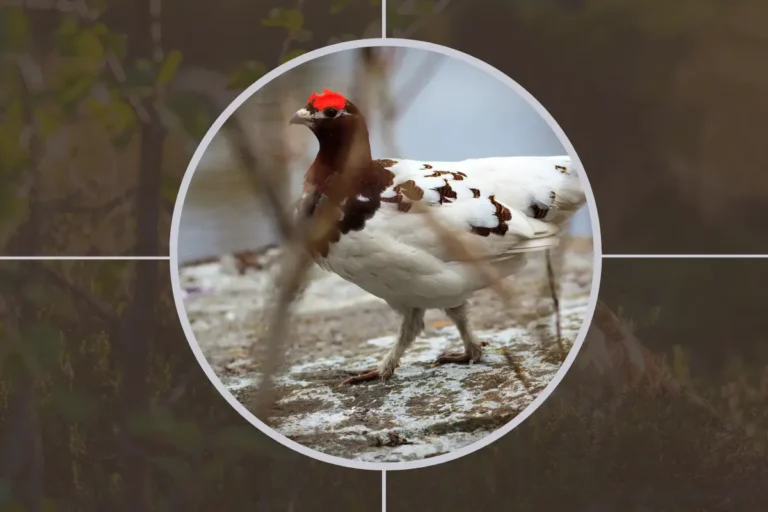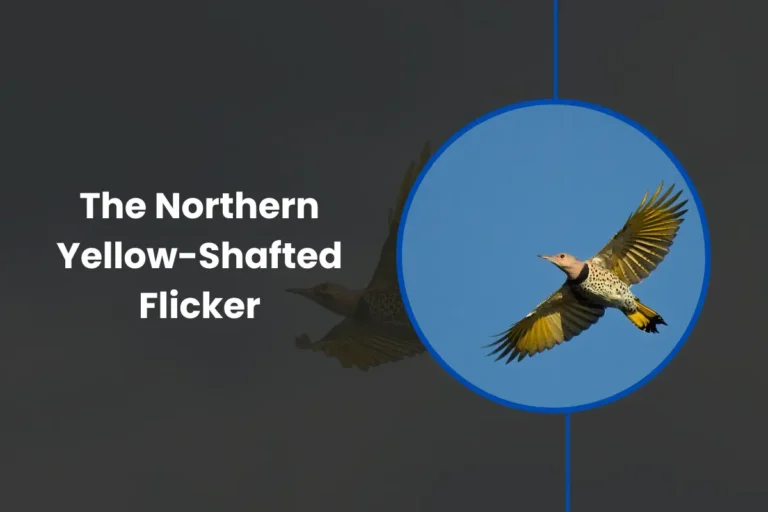Campylorhynchus Brunneicapillus Seri
The Tiburón Island Cactus Wren, scientifically known as Campylorhynchus brunneicapillus seri, is a unique subspecies found exclusively on Tiburón Island in the Gulf of California.
This variety of the Cactus Wren is characterized by subtle differences in its appearance compared to the nominate subspecies. The validity of C. b. Seri as a distinct subspecies has been called into question by genetic studies.

Looking for more overview about bird subspecies:
Scientific Classification
- Kingdom: Animalia
- Phylum: Chordata
- Class: Aves
- Order: Passeriformes
- Family: Troglodytidae
- Genus: Campylorhynchus
- Species: Campylorhynchus brunneicapillus
- Subspecies: C. b. seri (Van Rossem, 1932)
Identification
C. b. Seri can be identified by its pale cinnamon underparts and broad dark spots on the lower abdomen. It is slightly smaller than the nominate C. b. brunneicapillus. The meaning of the subspecies name seri is unclear but may refer to silky or yellowish plumage.
Location
C. b. Seri is endemic to Tiburón Island in the Gulf of California offshore of Sonora, Mexico. This is the only location where this subspecies is found.
Interesting Facts
Genetic Similarity: A 2010 molecular genetics study found no significant differences between the genomes of C. b. Seri and mainland subspecies, highlighting intriguing aspects of evolutionary biology and genetic variation within closely related populations.
Subspecies Name Origins: The exact meaning of the subspecies name “seri” is uncertain. It may be derived from “sericeus,” meaning ‘silken’ in Latin, possibly alluding to the bird’s appearance, or from the modern Latin “serinus,” meaning ‘canary-yellow,’ hinting at the coloration of certain parts of its plumage.
Status
C. b. Seri has a very limited range confined to a single small island. Its population is also small, estimated between 250-1000 birds. For these reasons, it should be considered vulnerable to extinction. Habitat loss is the main threat.
Conservation of Natural Habitat
Protecting the desert scrub habitat on Tiburón Island is crucial for conserving C. b. Seri. Monitoring and control of invasive plant species can help maintain natural vegetation. Restricting development, recreation, and tourism on the island may help safeguard habitat. Further genetic studies are needed.
Frequently Asked Questions
1. What makes C. b. Seri different from the mainland subspecies of Cactus Wren?
C. b. Seri is distinguished by its less cinnamon-colored underparts and wider spots on its abdomen compared to the nominate subspecies, setting it apart from other Cactus Wren populations.
2. Why is the subspecies name “seri” significant, and what does it possibly signify?
The origin of the subspecies name “seri” is uncertain. It might be derived from “sericeus,” meaning ‘silken’ in Latin, or from the modern Latin “serinus,” meaning ‘canary-yellow,’ possibly describing the bird’s appearance.
3. What genetic studies have been conducted on C. b. Seri, and what were the findings?
A 2010 molecular genetics study found no significant genetic differences between the genomes of C. b. Seri and mainland subspecies, highlighting intriguing aspects of evolutionary biology and genetic variation within closely related populations.
Final Word
C. b. Seri is a distinct cactus wren subspecies found only on Tiburón Island in the Gulf of California. It can be identified by pale underparts with wide abdominal spotting.
Genetic evidence suggests it may not be a valid subspecies. Due to its tiny range and population, C. b. Seri is vulnerable and its desert habitat requires protection.







